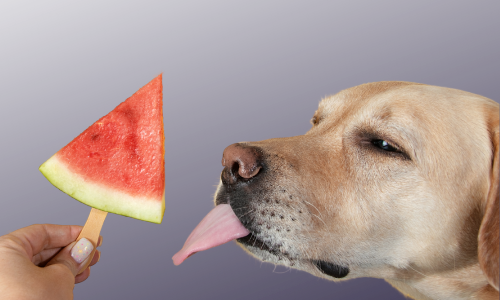The Alaskan Malamute is a powerful and majestic breed known for its endurance, strength, and friendly disposition. This comprehensive guide covers everything you need to know about the Alaskan Malamute, from its breed characteristics to its fascinating history.
*Disclaimer: This Post May Contain Affiliate Links. This Means That I Receive A Small Commission At No Extra Cost To You Should You Click Through And Make A Purchase. Learn More On My Policy Page
Breed Characteristics
- Breed Category: Working Group
- Size: Large
- Coat Length: Thick double coat; medium to long
- Shedding: Heavy
- Hypoallergenic: No
- Grooming Requirements: High
- Life Span: 10-14 years
- Activity Level: High
- Temperament/Personality: Affectionate, friendly, loyal, playful
- Intelligence: High
- Trainability: Moderate
- Space Requirement: Large yard; not suitable for apartment living
- Compatibility with Children & Other Pets: Good with children, can be good with other pets if properly socialized
- Health Issues: Hip dysplasia, cataracts, hypothyroidism, polyneuropathy
- Nutrition Needs: High-quality dry dog food, balanced diet with attention to caloric intake
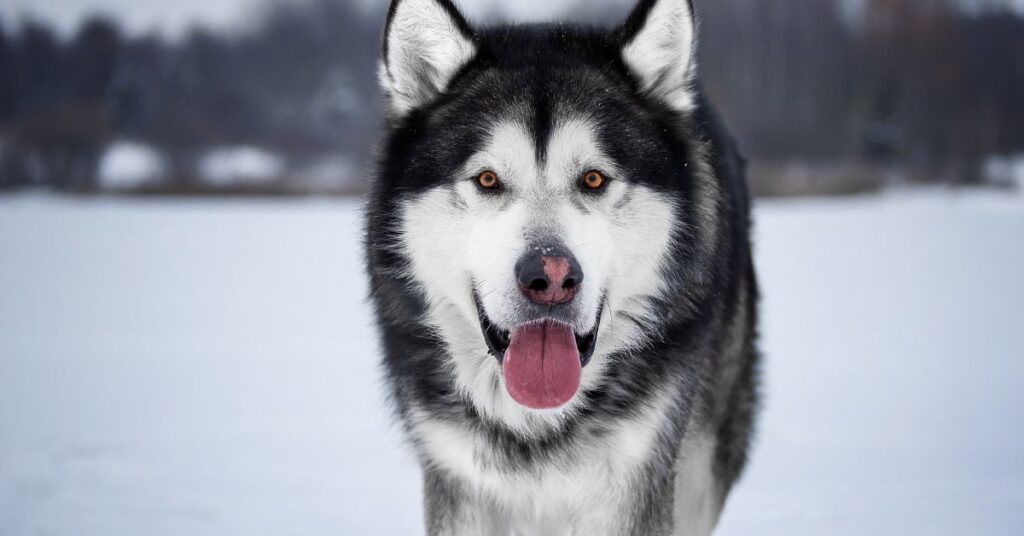
Origin and History
The Alaskan Malamute is one of the oldest Arctic sled dogs, believed to be descended from the domesticated wolf-dogs that accompanied prehistoric humans across the land bridge between Siberia and Alaska. The breed was developed by the Mahlemut tribe of the Inuit people in northwestern Alaska, where they were used for hauling heavy freight and hunting seals and polar bears.
The Alaskan Malamute played a crucial role in the Gold Rush of the late 19th century, helping to transport supplies and mail across the frozen wilderness. The breed’s strength and endurance made it invaluable in harsh Arctic conditions. In 1935, the American Kennel Club (AKC) officially recognized the Alaskan Malamute, and the breed has since become a beloved companion and working dog.
Appearance and Physical Characteristics
The Alaskan Malamute is a large, powerful dog with a well-muscled body and a broad, deep chest. Males typically stand between 25 to 28 inches tall at the shoulder and weigh between 85 to 100 pounds, while females are slightly smaller. The breed’s thick double coat comes in various colors, including shades of gray and white, black and white, and red and white. The distinctive facial markings, erect ears, and plume-like tail add to the breed’s striking appearance.
Temperament and Personality
Alaskan Malamutes are known for their affectionate and friendly nature. They are loyal and devoted to their families, making them excellent companions. These dogs are playful and enjoy being active, which makes them great for families with an active lifestyle. They are also known for their strong prey drive, so early socialization with other pets is important.
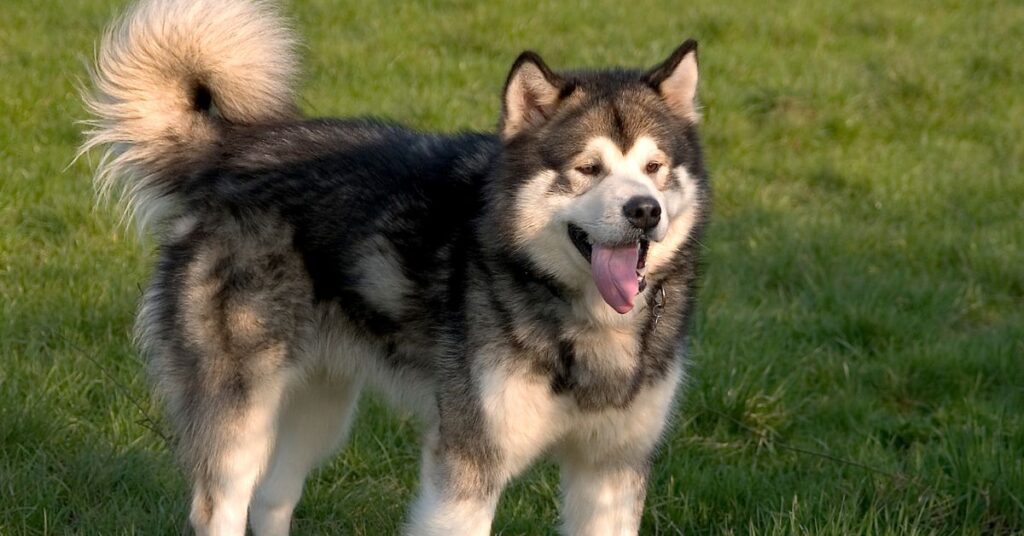
Intelligence and Trainability
Alaskan Malamutes are highly intelligent but can be independent and stubborn, which can make training a challenge. They require a confident and experienced owner who can provide consistent and firm training. Positive reinforcement methods, such as treats and praise, work best. Early training and socialization are crucial to ensure they grow into well-behaved adults.
Compatibility with Children and Other Pets
Alaskan Malamutes are generally good with children and can be very protective of them. Their gentle and patient nature makes them suitable companions for families with children. However, due to their size and strength, interactions with young children should always be supervised. With proper socialization, Malamutes can get along well with other pets, although their strong prey drive means caution should be exercised around smaller animals.
Health and Nutrition
Alaskan Malamutes are generally healthy, but like all breeds, they are prone to certain health issues. Common health concerns include hip dysplasia, cataracts, hypothyroidism, and polyneuropathy. Regular veterinary check-ups, a balanced diet, and maintaining a healthy weight are essential to their well-being.
Nutrition for Alaskan Malamutes should consist of high-quality dry dog food that meets their age, size, and activity level. Owners should be mindful of portion sizes to prevent obesity. Providing a balanced diet with the right nutrients will help keep their coat and overall health in good condition.
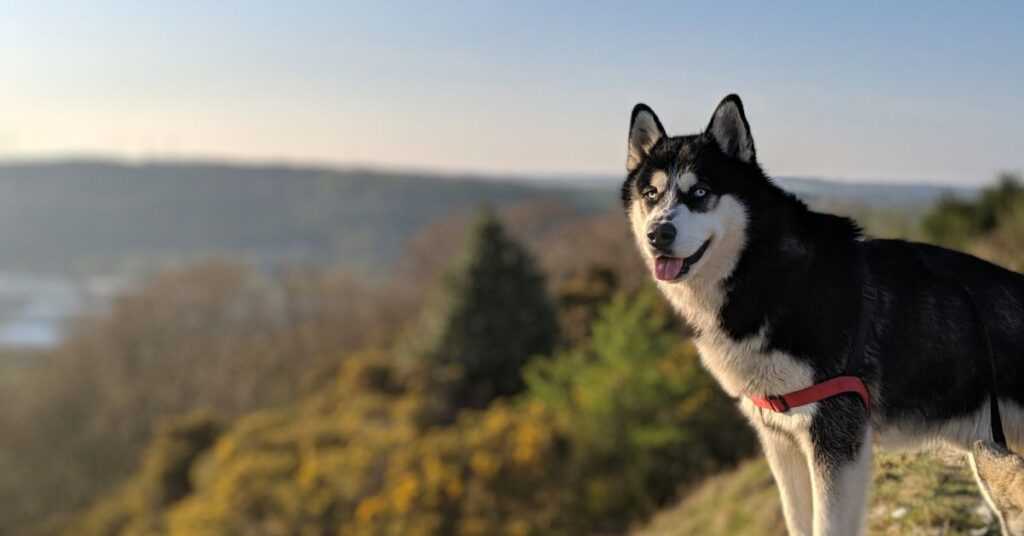
Exercise and Activity Level
Alaskan Malamutes have high energy levels and require regular exercise to stay healthy and happy. They enjoy activities such as long walks, runs, hiking, and pulling sleds or carts. Due to their endurance and strength, they thrive in environments where they can engage in vigorous physical activities. Ensuring they receive adequate exercise will help prevent behavioral issues related to boredom and pent-up energy.
Grooming Needs
The Alaskan Malamute’s thick double coat requires regular grooming to keep it in top condition. Brushing several times a week is essential to prevent mats and tangles, especially during shedding season. Regular grooming also helps distribute natural oils and keeps the coat healthy. Additionally, regular dental care, ear cleaning, and nail trimming are important aspects of the breed’s grooming routine.
Training and Socialization
Early socialization and training are vital for Alaskan Malamutes. Exposure to different people, environments, and experiences will help them develop into well-rounded dogs. Due to their intelligence and high energy levels, training should be consistent and positive, using treats, praise, and play as rewards. Socializing them with other animals and new situations will help them become confident and adaptable adults.
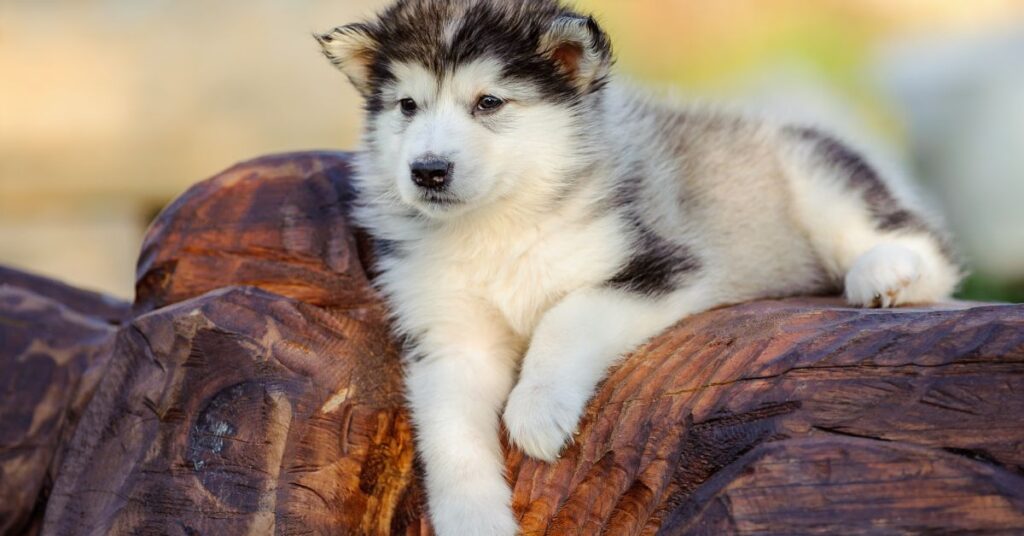
Famous Alaskan Malamutes
The Alaskan Malamute is often depicted in popular culture and has appeared in various films and television shows, highlighting its impressive strength and striking appearance. The breed’s loyalty and endurance have made it a symbol of the rugged spirit of the Arctic.
Conclusion
The Alaskan Malamute is a remarkable breed with a unique blend of strength, endurance, and friendly nature. Its versatility and protective instincts make it a wonderful companion for those who appreciate an active and devoted dog. With proper care, training, and socialization, an Alaskan Malamute can be a loving and loyal member of the family.












